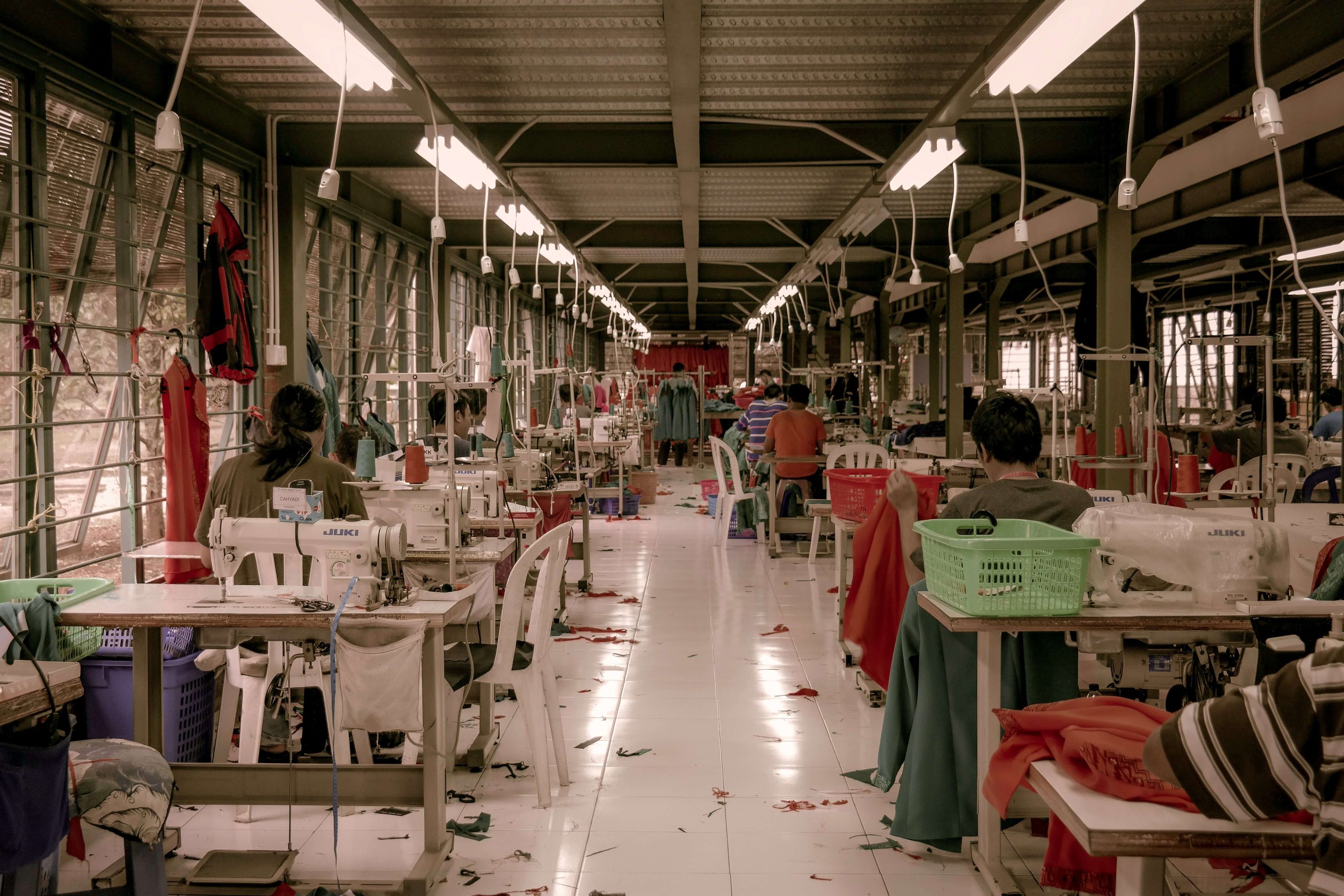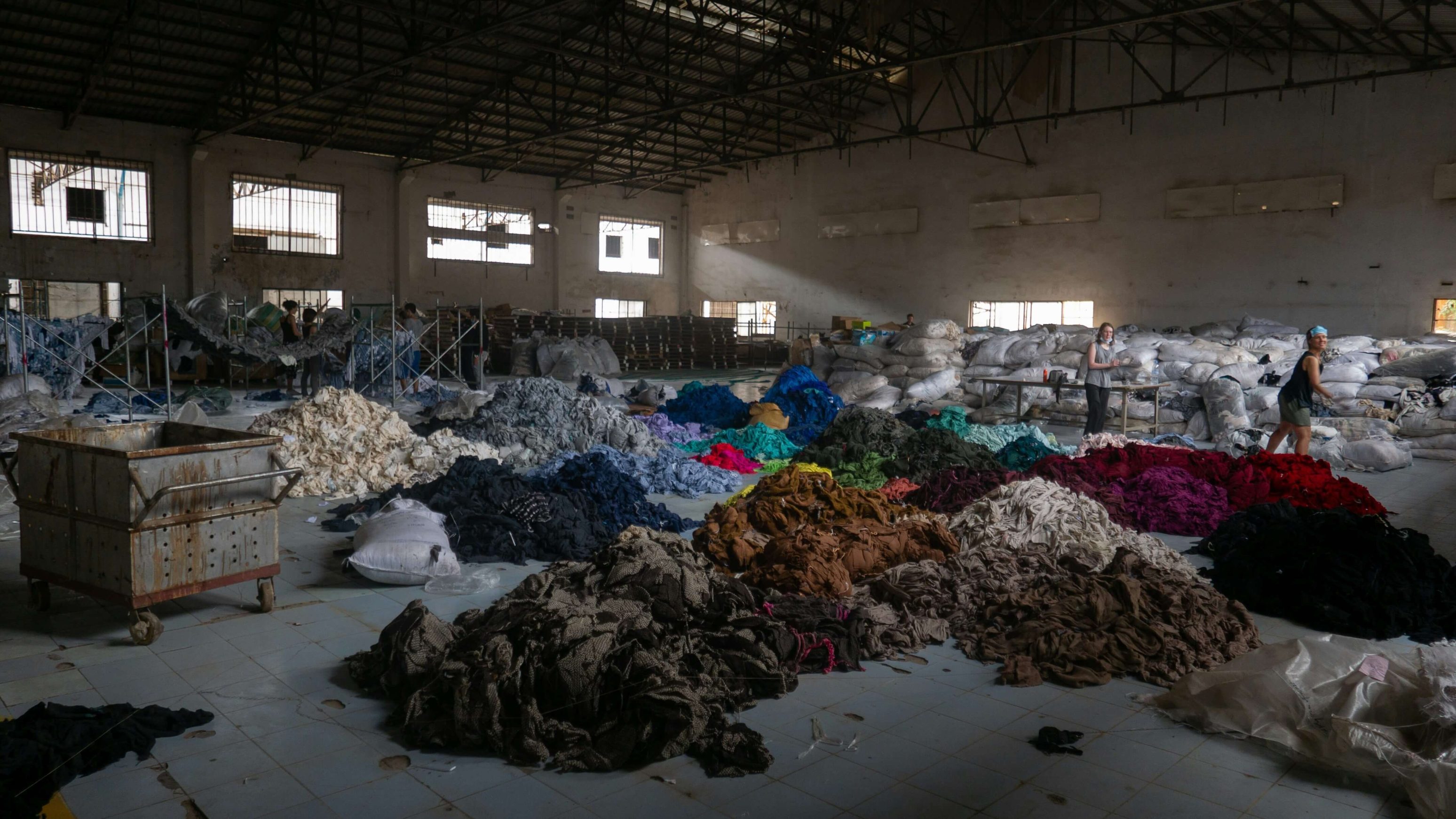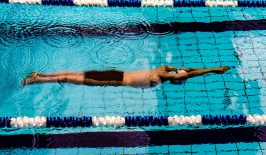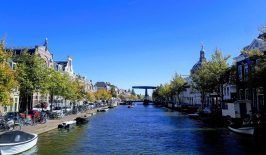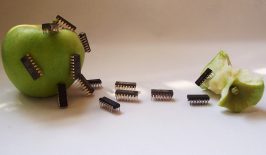Think back to the last item of clothing you bought. Before you tried it on and took it to the checkout counter – or unwrapped it from its packaging after it was delivered to your house – it went through several stages to be brought to life. It began as an idea in a designer’s mind; then it was a sketch in their notebook. They turned the sketch into a pattern before creating a physical sample. That sample likely went through several rounds of feedback from many stakeholders, often residing in different countries. Each time someone wanted to adjust how the finished piece looked, the pattern would need to be redrafted, the item resewn and the sample re-shipped across the world for approval. With all designers, managers and wholesalers finally satisfied, the item would then be produced and shipped once more, before ending up in your digital or real-life shopping basket.
Needless to say, this energy- and material-intensive process isn’t kind to the environment. 35 percent of materials in fashion’s supply chain end up as waste before a product reaches a consumer. The fashion industry is notorious for its pollution, but it’s another shock to realise how much waste occurs before clothes hit the shelves – and a greater shock to know that 20 percent of all garments produced won’t even reach consumers at all.
3D samples could reduce waste in fashion’s supply chain
Thanks to advancements in digital fashion, physical samples could be a thing of the past. 3D modelling technology now allows designers to create photorealistic samples of their designs. Specific fabrics are programmed with their real-life properties, so designers can see how the weight and flow of the fabric will work with their designs. Adjusting a sample is the case of a few clicks rather than hours spent at the drafting board. And, as these files can be shared digitally among designers, suppliers and other stakeholders, this technology has the ability to drastically reduce the complexity, time investment and shipping distance of fashion’s supply chains.
Even though 3D sampling comes with its own carbon footprint due to its high energy consumption, clothes manufactured with 3D fashion technology use 24.8 percent less CO2 and 48 percent less material than traditional manufacturing processes. With the fashion industry responsible for 10% of global emissions, change in this industry is desperately needed. Could 3D fashion be the answer everyone is looking for?
Could 3D fashion technology make it too easy to manufacture clothes?
RESET spoke to Claudia Pan Vázquez, 3D Manager at VILA, about the ways 3D has changed the brand’s manufacturing process. As well as improving efficiency and reducing waste in the supply chain, she pointed out the flexibility that this shorter supply chain affords. “We don’t know if a puffer jacket will sell in October because it’s too warm,” she points out, explaining that, for brands, it’s much better to develop clothes closer to an upcoming season. 3D fashion technology “gives the option to have a more tailored approach,” meaning brands can be more spontaneous when bringing products to market, allowing them to align their supply with real-life conditions (i.e. weather) and trends.
In Pan Vazquez’s eyes, this reduces waste, but not everyone sees it that way. Writing in their paper, ‘Exploring the nature of digital transformation in the fashion industry’, Olga Chkanikova and Rudrajeet Pal explain that a drawback of 3D sampling is “the replication of fast consumption behaviours in the digital realm.” In simple terms, is the shorter supply chain that 3D samples afford exactly what the fashion industry needs?
The fashion industry must disrupt its trend-led model
In recent years, fast fashion brands have become faster than ever. Replicating celebrity looks has become the norm; in 2019 Fashion Nova created a replica of the vintage Mugler dress that Kim Kardashian wore to the Hollywood Beauty Awards in just 24 hours. The growing prevalence of 3D fashion technology will allow brands to become increasingly trend-led in their designs, as the time spent bringing clothes to market is drastically reduced. I asked Pan Vanquez if 3D fashion technology means more clothes are going to be created. The answer was a resounding “yes”.
Done right, 3D sampling undoubtedly has the potential to disrupt fashion’s wasteful supply chain. Let’s hope it’s a wake-up call for an industry that for too long has been prioritising aesthetics and profit over people and the planet.

